

Automatic Solar Panel Positioning and Maintenance System

Abstract: Renewable energy is a type of energy that is derived from ongoing natural processes and energy of natural processes converted into available forms. Solar energy is any type of energy that is generated by the sun. To make use of this energy and convert it into electricity we use solar panels. A solar panel has maximum productivity when the sun rays are incident at right angle to it. Usual home use solar panels are fixed in a stationary position hence there will be only a certain time in the day that the sun-rays are incident at right angle on the panel. A solar tracking system is a single-axis rotating system which aims for solar panels to operate by tracking the sun's movement throughout the day which makes it possible for the rays to arrive perpendicular to the panels. This maximises the productivity of the panel. Solar tracking system was designed which used LDRs in form of a voltage divider circuit to sense the sunlight and actuate the stepper motor to rotate the panel over a single axis so that the sun-rays the panel is perpendicular to the sun-rays. This model was tested out alongside a stationary solar panel. Readings were noted down of both panels every hour. The panel with the tracking system proved to be more productive than the stationary panel as it had generated more power over each hour. The panel could be moved both automatically with the help of the sensors and through manual mode using the blynk UI.
Keywords: Electricity, Renewable energy, Solar energy, Solar panels, Solar tracking I. INTRODUCTION
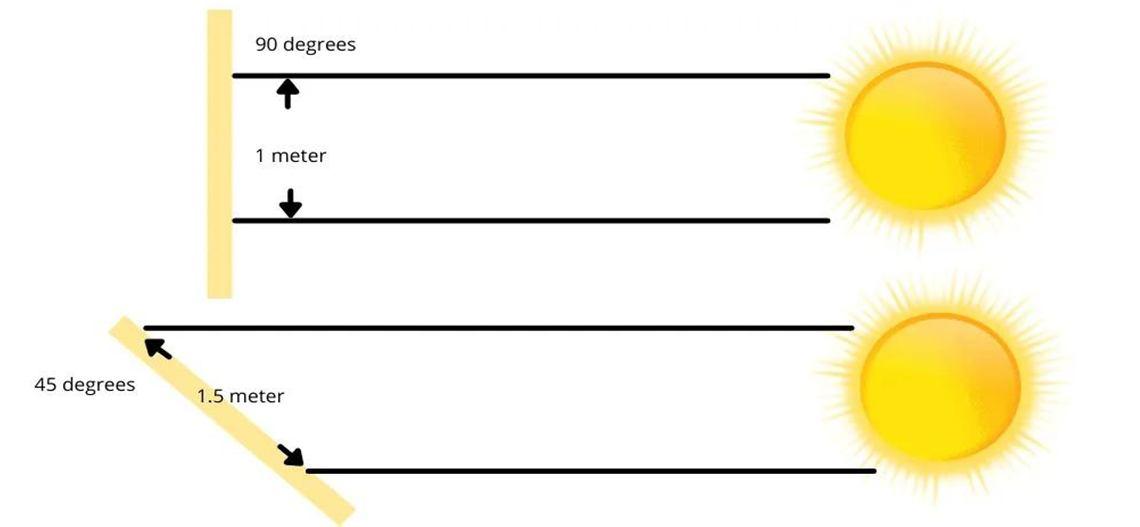

Since fossil fuels are depleting at a rapid rate, renewable energies like solar energy have emerged as a substitute for generation of power. Solar energy is a type of energy that is obtained from the sun. Solar panels are designed to harness the solar energy and convert them into electricity. The solar panels provide maximum output power when the intensity of the sunlight is high and the sun rays are incident at right angles to the panel. Since most of the solar panels are stationary models, they fail to use the sunlights intensity. Even though sunlight with high intensity is available during most times of the day, the stationary panels are unable to utilize it to its potential as they have a fixed position and the sunlight is falling at an angle on them thus reducing productivity. A single axis rotating solar panel was designed that rotates horizontally from east to west and keeps the panel perpendicular to the sun rays, thus maximising the productivity of the solar panel. This helps in using the benefits of solar energy to its maximum especially in areas with a lot of sunlight throughout the day.
Fig. Sunlight incident on solar panels
From the above figure we can see that if the solar panel surface is tilted, then the area covered by the same energy is larger, so energy intensity is less because it is spread out.When a solar panel is kept perpendicular to the sun’s rays, we can say for example that 1000 watts of energy is falling on 1 square meter of the surface. When at an angle, the same 1000 watts will be activating solar cells over a much greater area, but at a lesser intensity. So when the intensity decreases the output power too decreases. So a rotating panel produces a higher power output as it always stays perpendicular to the sunlight.
Vinay Prasad MS1 , Conjeevaram Shravan2 , Harshitha V Raj3 , Mohamed Farhan Fazal4 , Niranjan Naidu P M5 1Assistant Professor, 2, 3, 4, 5UG Students, Department of ECE, JSS Science and Technology University, Mysore, India
Technology (IJRASET
ISSN: 2321 9653; IC Value: 45.98; SJ Impact Factor: 7.538 Volume 10 Issue IX Sep 2022 Available at www.ijraset.com
II. LITERATUREREVIEW
An overview was conducted of various previous papers that have described various methods to design and develop solar tracking devices.

1) In this paper the author describes in detail the design and construction of a prototype solar tracking system with two axis of rotation, which detects the sunlight using photocells. The design of the circuit for the solar tracker is based on a PIC16F84A microcontroller (MCU). The MCU is programmed to detect the sunlight through the photocells and then actuate the motor to position the solar panel where it can receive maximum sunlight. Using the photocells is a very inefficient way to detect the sunlight's direction and LDRs perform better and are easy to use. Using LDRs also adds up to the benefit of cost reduction.

2) The author in this paper had developed a sun solar panel based on an open loop concept harnessing the maximum amount of sunlight. The author has used time based panel positioning. This means that the panel would rotate even when there's no sunlight thus consuming unnecessary energy to rotate the panel even when it's not needed.
3) In this paper, the author built a solar tracking system consisting of photo sensors and was tested in various places.The model included a quadrate array of sensors made of 4 LDR, Potentiometer, Servo motors and Microcontroller. The drawback of this system is the servo motors. The rotation capability of the servo motor is very limited and the design added full panel weight as load on to the motors which will consume a lot of power and is impractical.
4) This paper is based on a dual axis solar panel which tracks the sun using four reference panels. They have used two servo motors which will move the panel according to the sun’s position in the horizontal and vertical axis using the voltage differences of the four reference panels. The author's main objective was to maximize the power received from the solar panel using a dual axis solar tracking system. But again the drawback of the system is that it is not vary practical as servo motors have a very limited motion and are not powerful enough to orient the commercial sized panels.
5) Through this paper the author has presented the hardware design and system was implemented in a way that the perpendicular profile of the panel to gain maximum energy. Here the sun is taken as a guiding source, sensors constantly monitor the sunlight and rotate towards its direction. They designed that system which ensures 25 to 30\% of more energy conversion than the static panel, but the drawback of this system is that the system is not power full enough to handle commercial grade panels.
6) The authors in this paper compared the closed and open loop trackers of the solar panel system. The results are to validate the effectiveness of each tracker and they concluded that a closed loop system performed better than the open loop ones because the closed loop system was able to automatically reorient itself because of the feedback.
7) The method that has been proposed in this paper is that it automatically tracks the sun's position and accordingly change the direction of solar panel to get maximum output from the given solar cell with the usage of Sensor(LDR), IC LM339N and DC geared motor. The paper has offered a reasonable scheme for alignment of solar panel with its energy output maximized. The drawback of this method is that it is not very robust and not manually controllable in case of necessity.
8) In this paper different types of tracking systems are reviewed and their professionals and cons were mentioned in detail. The consequences provided on this evaluation verify that the azimuth and altitude dual axis tracking device is extra efficient as compared to other different tracking structures. However they concluded that the price and flexibility factor of the single axis tracking device is more feasible than dual axis tracking device.
9) With this paper, the author proposed a microcontroller based model. LDR are used as the sensor for tracking purposes. This model has a proper control mechanism which can rotate in three ways. MPPT based charge controller was used to maximise the output power. Microcontroller used here is ATMEGA32 which requires a 5v regulated voltage supply. It also consists of the features of ADC. The model denotes the working of software for maximizing solar cell output by pointing it towards the maximum light intensity. But using ATMEGA32 provided no wireless connectivity thus limiting the remote access and control as well as remote analytics.
10) In this paper, the author presented a tracker which is a low cost prototype dual axis solar model. It consisted of a low cost microcontroller and light sensors to detect the movement of the sun. The result of their paper was the comparison between the static and the tracker type and they concluded that the tracked system was more efficient. The problem with their implementation is that they had used a small panel with a wooden frame which is not very practical.
11) The author of this paper used a microcontroller based cleaning and tracking system. It consisted of stepper motor, LDRs and ATMEGA8 Microcontroller. The prototype consists of two DC motors of 1000rmp for cleaning and 10rmp for tracking mechanism. The use of normal DC motors here is not a very good idea since the entire load would be on the DC motor and
Science
Engineering Technology (IJRASET)

ISSN: 2321 9653; IC Value: 45.98; SJ Impact Factor: 7.538 Volume 10 Issue IX Sep 2022 Available at www.ijraset.com
once the power is cut off to the motor, the panel would become very unstable and would disorient with strong winds. This also means that continuous power had to be given to the motor to maintain the position which is very inefficient.
12) In this paper, the author proposed a system which consisted of Arduino UNO microcontroller, 3 stepper motors and 4 LDRs which is incorporated with hardware and firmware for controlling the model. LDRs were used to capture the sunlight's relative position, while motors were used for rotation. Software was used for panel vertical tilt angle and horizontal movement. The author has used 3 different axis of rotation which is totally redundant and made the system very complex.
13) In this paper, a PV system, with dual axis rotation which can move both east west directions horizontally and in a north south vertically, is designed according to the position of the sun. The system was designed so that it can follow the change of the sun’s daily angle depending on the local time throughout the day. The solution proposed by the author is viable enough but was not actually physically implemented and was one of the future scope for the same.
14) In this paper, the author proposed a model where it recognizes the weather conditions if its cloudy or dusty the tracker uses the primary stage through sun earth as a course of adjustment, direct sensing is done through LDR. The maximum efficiency of the panel is extracted using combined techniques one is microcontroller based, to check the directions. Next is the MPPT charge controller to make the inverter work at maximum power. Aurdino UNO was a controller based on earth geometry. The reason why this system was considered to be impractical is because it was very complex in construction and too many variables were control mechanisms were involved which made the real time implementation very problematic.
15) In this paper the author proposes a unique design of a dual axis solar tracking Photo Voltaic system which utilizes the feedback control along with a four quadrant LDR sensor and a simple electronic circuit system to provide sturdy system performance. This system has used a unique dual axis AC motor and a stand alone PV inverter for the solar tracking. The drawback of this system is that it uses AC motors, but the output energy of the panels itself is DC, there is a DC to AC conversion overhead which adds up to overall loss of energy in the system.
III. METHODOLOGY
The block diagram of the proposed project can be seen in Fig 2. The charge controller of the solar panel is connected to a rechargeable battery which stores the power generated by the solar panel. It also helps in power the stepper motor through the motor driver. The stepper motor helps in rotating the panel on a single axis horizontally from east to west. The rotation of the motor can be controlled by the raspberry pi. Raspberry pi decided the rotation of the stepper motor according to the input given my the LDRs. The LDRs are designed as a voltage divider circuit. Through the given input from the adc, the raspberry pi decided which way the panel has to be moved to make it perpendicular to the sunlight.
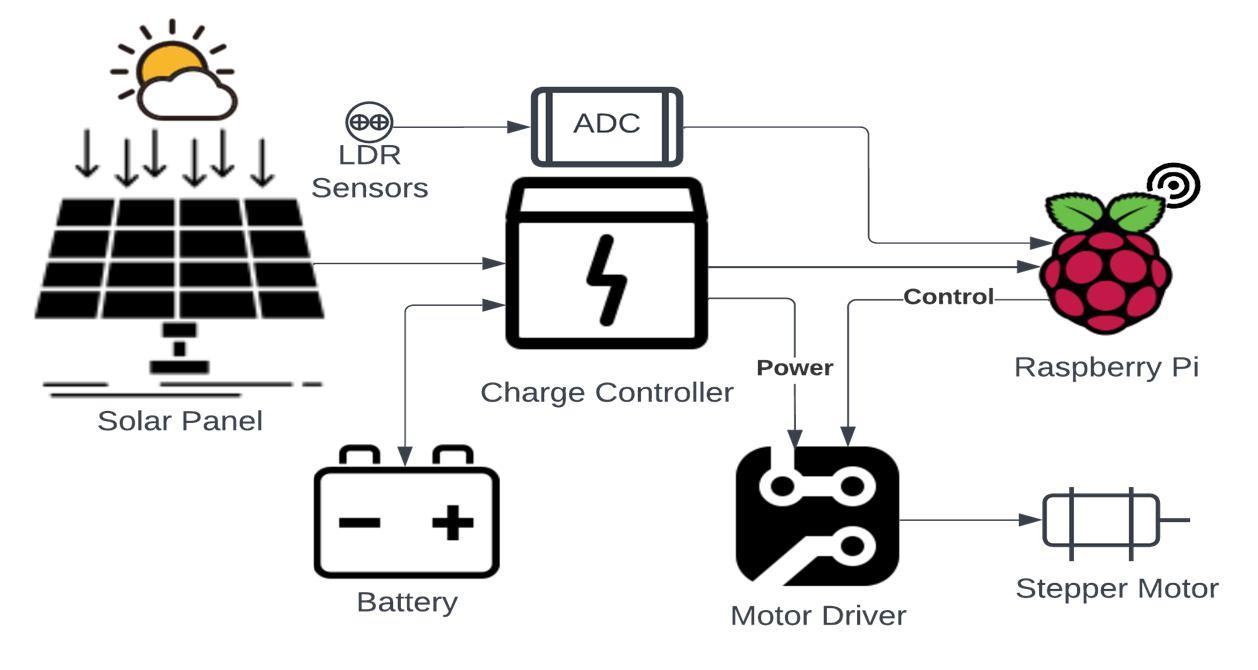
Fig. 2 Block Diagram of the project

All title and author details must be in single column format and must be centered. Every word in a title must be capitalized except for short minor words such as “a”, “an”, “and”, “as”, “at”, “by”, “for”, “from”, “if”, “in”, “into”, “on”, “or”, “of”, “the”, “to”, “with”.
Author details must not show any professional title (e.g. Managing Director), any academic title (e.g. Dr.) or any membership of any professional organization (e.g. Senior Member IEEE).
To avoid confusion, the family name must be written as the last part of each author name (e.g. John A.K. Smith).
ISSN: 2321 9653; IC Value: 45.98; SJ Impact Factor: 7.538

10 Issue IX Sep 2022 Available at www.ijraset.com
Each affiliation must include, at the very least,
name of the
and the name of the country where the author is based (e.g. Causal Productions Pty Ltd, Australia).
Email address is compulsory for the corresponding author.
A. Hardware Implementation

Fig. 3 Hardware implementation of the proposed system.

Raspberry Pi doesn't have a built in ADC and thus cannot directly interface the LDRs. The output from the LDRs is an analog signal ranging from 1 to 4 volts but the raspberry pi can only sense digital signals. That means any non zero signal is perceived as a logic high by the raspberry. Thus ADC is needed to convert the analog signal to digital signal, i.e. either logic high or logic low. Figure 3 shows the ADC circuit that was designed for this purpose. The ADC has a set threshold of voltage that is treated as logic high. The threshold is adjustable and hence provides us a good way of controlling the logic levels.
Fig. 4 Working of a stepper motor.


Figure 4 shows the working logic of the stepper motor. Now, using the LDRs, the raspberry pi senses the relative position of the sun, if the sun is sensed to be exactly above the panel, that is when the sun is perpendicular to the panel, both the LDRs will receive the exact same amount of sunlight and thereby have the same resistance and will output about 50\% of supply voltage. Which in this case will be 2.5 volts. Using the ADC's output, the code decides whether the panel should move upwards or downwards.
B. Software Implementation
Fig 5 is the output of the code that's running on the raspberry pi. The code continuously monitors the state of the LDR and sends commands to the stepper motor controller that in turn controls the stepper motor. As seen in the figures below, the code has both auto and manual mode of control facilitating the end user to to be in charge in case of any necessity.
ISSN: 2321 9653; IC Value: 45.98; SJ Impact Factor:

10 Issue
Sep
at www.ijraset.com
The auto mode is triggered whenever there is a change in the direction of sun light whereas the manual mode can be used by the customer to set the position of the
installation or for other real time functions which include cleaning the panel or to make room for other panels to be installed so that more
can be generated from the overall combination.
Fig. 5 Output of coded logic.

By observing the notification of movement or no movement it can be easily made sure that the system is up and running and in a proper state as well
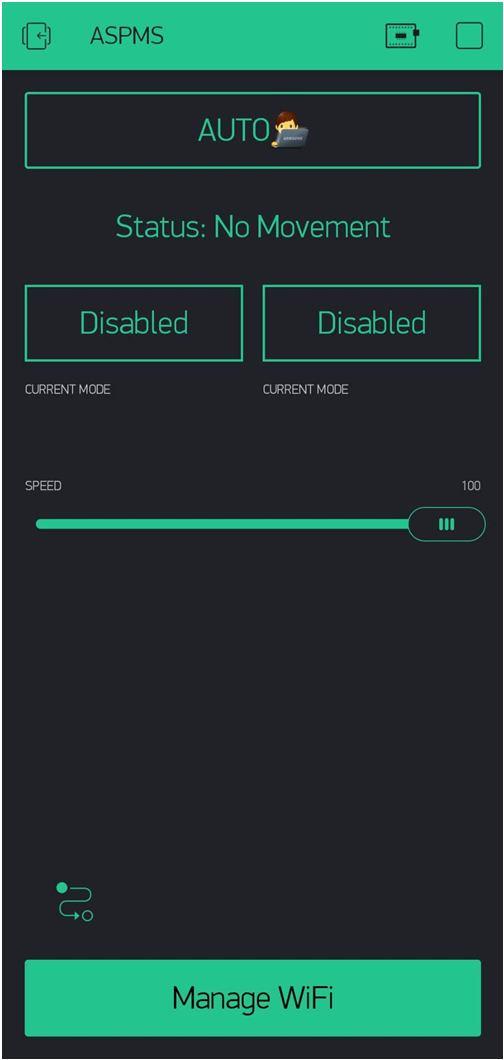
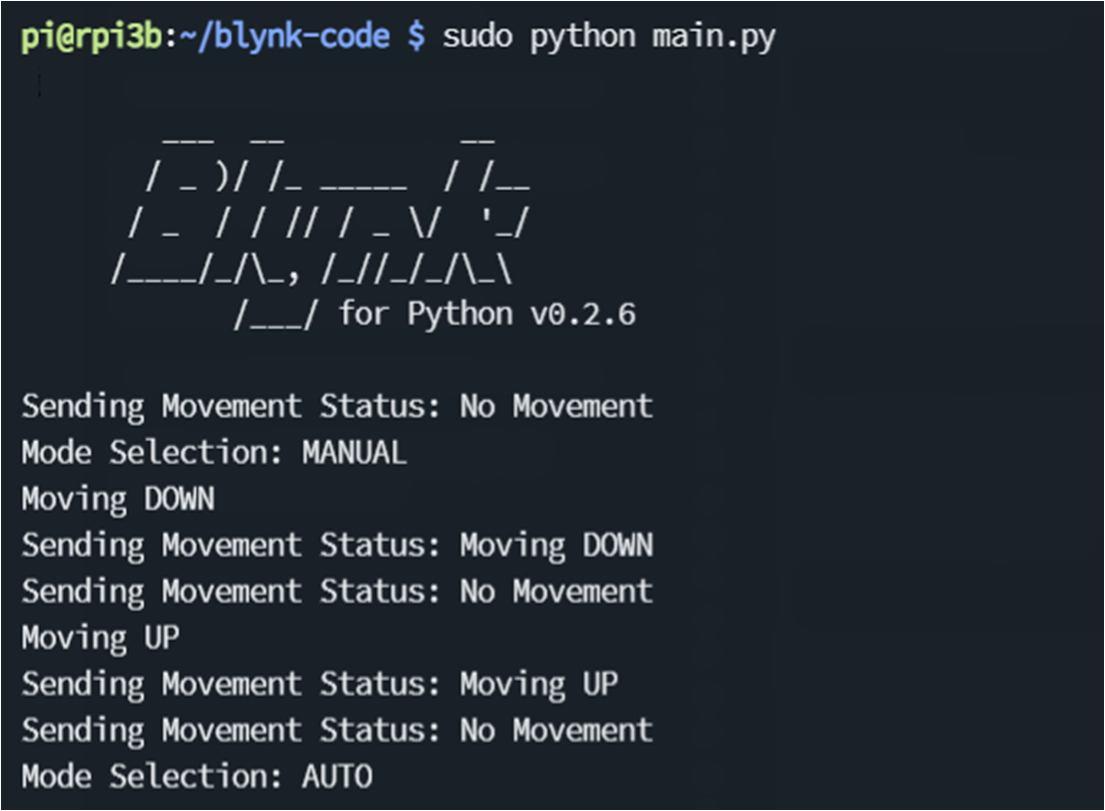
Fig. 6 Developed GUI for Auto and Manual control.
Fig 6 shows the developed Blynk GUI for manual and automatic control. In manual mode, the user has complete control over the direction in which the panel moves and also the speed with which it moves in the appropriate direction. It also shows the actual GUI implemented using the Blynk app for auto control. When in Auto mode, the manual inputs are disabled and the motor speed is adjusted accordingly.
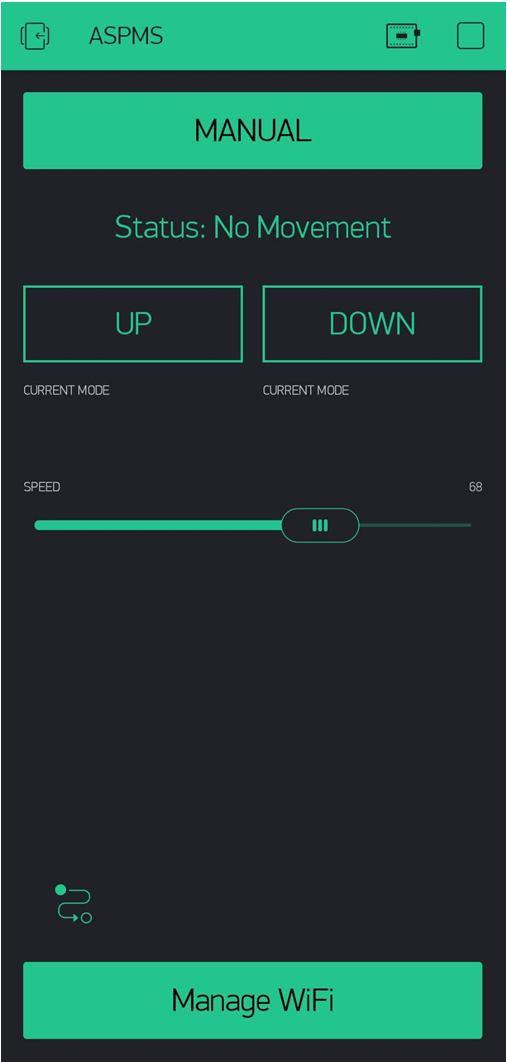
Engineering Technology (IJRASET)

ISSN: 2321 9653; IC Value: 45.98; SJ Impact Factor: 7.538
Volume 10 Issue IX Sep 2022 Available at www.ijraset.com
IV. RESULTS
After the designing and construction of our product, we placed it on our rooftop along with a stationary solar panel which was kept parallel to the ground. We did the required connections so that we would be able to observe and note down the voltage and current given being generated by both the product and the stationary solar panel. We took down the readings of both panels from 9am to 6pm on 8th July 2022, The voltage and current were noted down from the charge controller of the solar panel and the corresponding power was calculated using the formula W = VI .Results noted down were as such:
Table 1 Comparison of outputs of Solar panel with and without tracking.
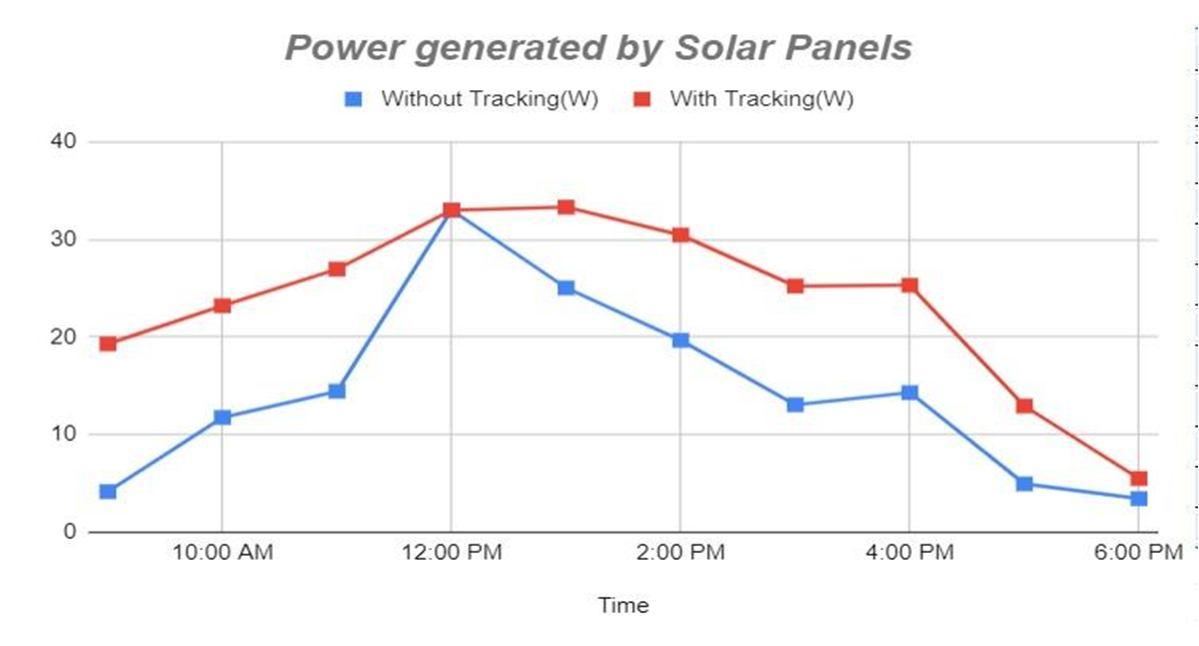
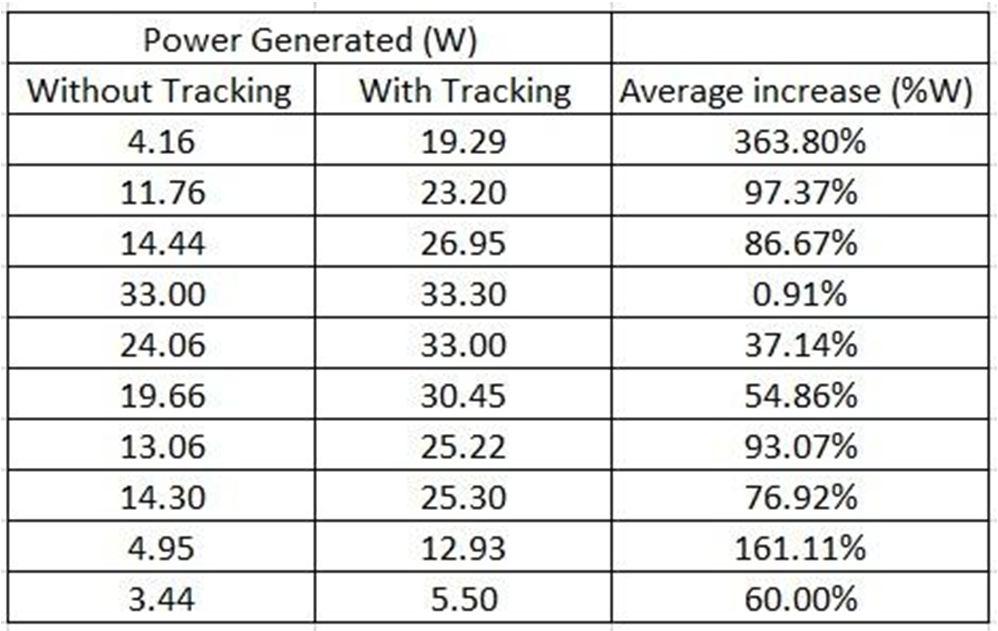
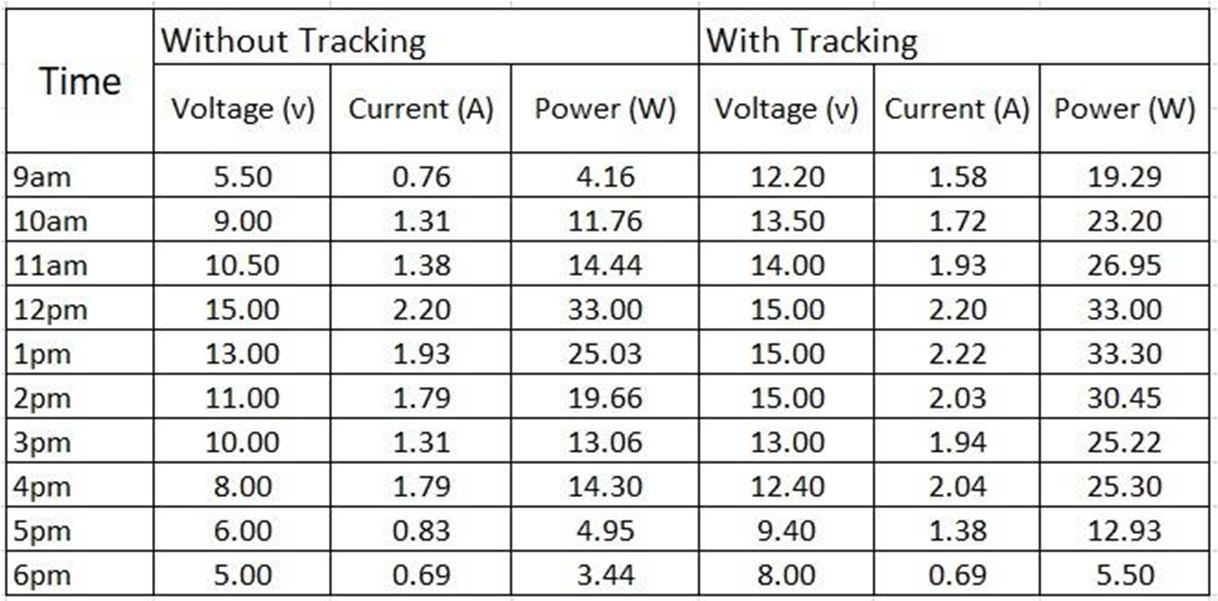
Table 1 Percentage increase in output power.
We could observe from Table 1 and Table 2 that our product was generating comparatively higher power each hour. From Fig 7 it can be observed that at noon, the positions of both the panels were identical hence we could see that the outputs were the same.
Fig. 7 Plot of output power comparison.

Science & Engineering Technology (IJRASET)

ISSN: 2321 9653; IC Value: 45.98; SJ Impact Factor: 7.538

Volume 10 Issue IX Sep 2022 Available at www.ijraset.com
V. CONCLUSIONS
The product was designed to primarily enhance the performance of a solar panel by making it non stationary over the standard stationary design. This allowed the solar panel to follow the sun by rotating horizontally from east to west. Hence the sun rays always contacted the solar panels at right angle which allowed for the maximum absorption by the solar panel. This created an overall increase in power output by the solar panel compared to a stationary model.
We were able to design the product such that even with a slight movement in the sun's position, the actuators get triggered and rotates the solar panel accordingly. Power was taken up by the stepper motor and raspberry Pi from the voltage output of the solar panel, but due to our architecture of the product, he power taken up was minimal hence not interfering with the main purposes of the solar panel.
VI.ACKNOWLEDGMENT
Bearing in mind previous we are using this opportunity to express our deepest gratitude and special thanks to our guide Mr. Vinayprasad M S, Assistant Professor, JSS Science & Technology University, who despite being extraordinarily busy with their duties, took time out to hear, guide and keep us on the correct path and allow us to carry out our project. We express our deepest thanks to you for guiding us through useful decisions & giving necessary advice, guidance and arranging all facilities to make our jobs easier. We choose this moment to acknowledge Your contribution gratefully. We also would like to thank all the people that worked along with us with their patience and openness without whose support this project wouldn't have been possible.
We perceive this opportunity as a big milestone in our education & career development. We will strive to use gained skills and knowledge in the best possible way, and we will continue to work on their improvement to attain desired career objectives. Hope to continue cooperation with all of you in the future.
REFERENCES
[1] Nadir Barsoum and Pandian Vasant. “Design of a Traditional Solar Tracking System”. In: 1239 (June 2010). DOI: 10.1063/1.3459743.
[2] Dr Basher, Marzia Hoque Tania, and Md Alam. “A MICROCONTROLLER BASED AUTOMATIC SOLAR TRACKING SCHEME”. In: Mar. 2011.
[3] O. S. Sholanke C. J. Nwanyanwu M. O. Dioha. “Design, Construction and Test of a Solar Tracking System Using Photo Sensor”. In: Conference Record of the IEEE Photovoltaic Specialists Conference (Mar. 2017), pp. 2278 0181. DOI: 10.17577/ IJERTV6IS030212.
[4] Sohom Chakraborty, Anusua Roy, and Sukanya Dey. “Dual Axis Solar Tracker With out Microcontroller”. In: Feb. 2021, pp. 407 415. ISBN: 978 981 15 9432 8. DOI: 10.1007/978 981 15 9433 5_39.
[5] Arjun Dutta, Abhirup Majumder, and Akash Das. “AUTOMATIC DUAL AXIS SO LAR TRACKER WITH SOLAR PANEL”. In: 6 (Oct. 2020), pp. 286 294.
[6] D.C. Huynh et al. “Comparison between open and closed loop trackers of a solar photovoltaic system”. In: Nov. 2013, pp. 128 133. ISBN: 978 1 4799 3238 2. DOI: 10.1109/CEAT.2013.6775613.
[7] Md Iqbal et al. “Construction of Single Axis Automatic Solar Tracking System”. In: International Journal of u and e Service, Science and Technology 8 (Jan. 2015), pp. 389 400. DOI: 10.14257/ijunesst.2015.8.1.34.
[8] RAJAN K. “SOLAR TRACKING SYSTEM A REVIEW”. In: International Jour nal of Sustainable Engineering (Jan. 2016). DOI: 10 . 1080 / 19397038 . 2016 . 1267816.
[9] Md Khan et al. “Design and Construction of an Automatic Solar Tracking System”. In: Dec. 2010. DOI: 10.1109/ICELCE.2010.5700694.
[10] J hee Lee, Nasrudin Abd Rahim, and Yusuf Al Turki. “Performance of Dual Axis So lar Tracker versus Static Solar System by Segmented Clearness Index in Malaysia”. In: International Journal of Photoenergy 2013 (Jan. 2013), pp. 1 13. DOI: 10.1155/ 2013/820714.
[11] A Mohamad et al. “A review of automatic solar tracking systems”. In: Journal of Physics: Conference Series 2051 (Oct. 2021), p. 012010. DOI: 10 . 1088 / 1742 6596/2051/1/012010.
[12] V Mohanapriya et al. “Implementation of Dual Axis Solar Tracking System”. In: IOP Conference Series: Materials Science and Engineering 1084 (Mar. 2021), p. 012073. DOI: 10.1088/1757 899X/1084/1/012073. 32.
[13] Merve Mollahasanoglu and Halil Okumus. “Performance Evaluation of the Designed Two Axis Solar Tracking System for Trabzon”. In: IETE Journal of Research (Sept. 2021), pp. 1 13. DOI: 10.1080/03772063.2021.1973592.
[14] Ravi Tejwani and C. Solanki. “360° sun tracking with automated cleaning system for solar PV modules”. In: Conference Record of the IEEE Photovoltaic Specialists Conference (June 2010), pp. 002895 002898. DOI: 10.1109/PVSC.2010.5614475.
[15] Jing Min Wang and Chia Liang Lu. “Design and Implementation of a Sun Tracker with a Dual Axis Single Motor for an Optical Sensor Based Photovoltaic System”. In: Sensors (Basel, Switzerland) 13 (Mar. 2013), pp. 3157 68. DOI: 10 . 3390 / s130303157. 33

